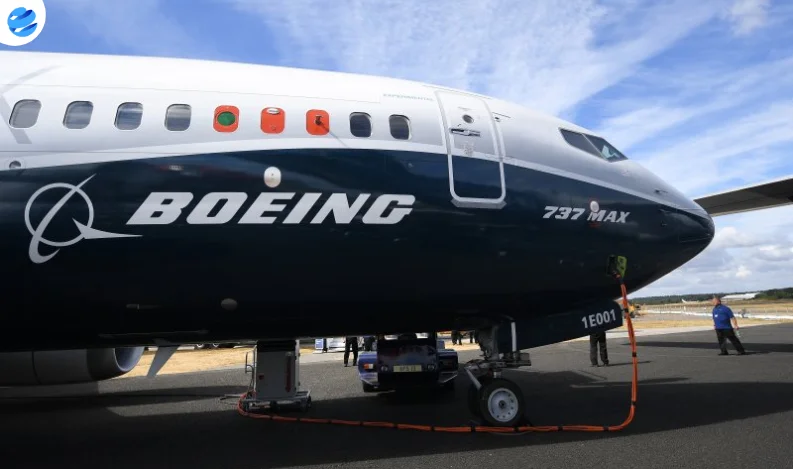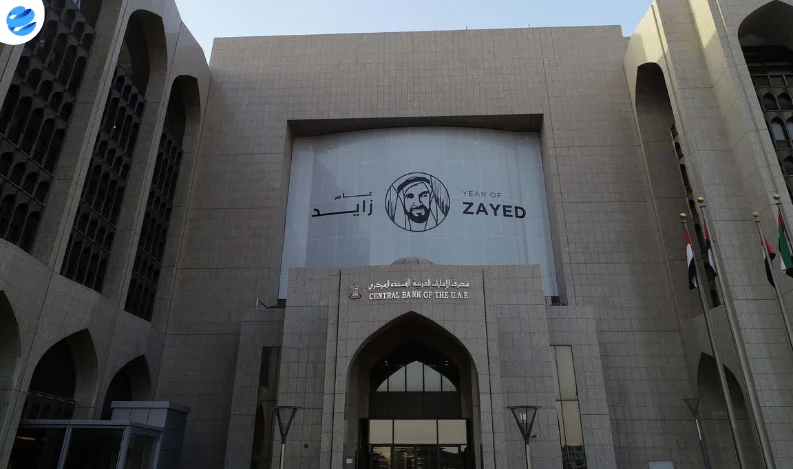Boeing Co. is on the verge of reaching a crucial production milestone for its 737 Max aircraft, signaling progress in restoring confidence in the company’s manufacturing operations after a turbulent period marked by safety concerns and regulatory scrutiny.
According to executives from major airline lessors, the company is preparing to hit a monthly production rate of 38 jets—the cap currently imposed by the U.S. Federal Aviation Administration (FAA). John Plueger, CEO of Air Lease Corp., the largest U.S.-based aircraft financier, said Boeing is “loading” its Renton, Washington assembly lines at this rate, reflecting a return to stability after months of slowed output.
Spirit AeroSystems, which supplies the 737 fuselages from its Wichita, Kansas facility, is shipping approximately nine fuselages a week. This translates to 36 jets a month, aligning closely with Boeing’s current ramp-up goals as it tests system readiness before making the 38-jet rate official.
CEO Kelly Ortberg has confirmed the company’s ambition to maintain this rate by mid-year, before seeking FAA approval for further increases. Speaking during an earnings call in April, Ortberg emphasized that the key to Boeing’s financial turnaround lies in the consistent production of the 737 Max. At the time, Boeing was producing the aircraft in the “low-30s” per month.
The move comes more than a year after a major in-flight incident involving a 737 Max triggered regulatory action and production limits. The FAA has maintained a strict oversight role, requiring Boeing to demonstrate improved quality control and a stabilized supply chain before allowing any further output expansions.
Plueger, who has led Air Lease alongside aviation pioneer Steven Udvar-Hazy, acknowledged Boeing’s improved performance. “I have to say Boeing’s made a lot of forward progress,” he noted. Air Lease has reported timely deliveries of its 737 Max and 787 Dreamliner aircraft since Boeing adopted its revised schedule in late 2024.
While the signs are positive, Plueger cautioned against premature optimism. “Make no mistake, Boeing is not completely out of the woods,” he said. “It needs to consistently deliver and consistently demonstrate high quality production with no real glitches or problems or safety concerns.”
Looking ahead, Boeing plans to hold steady at 38 jets per month for several months, allowing suppliers and internal teams to adapt to the higher pace. If successful, the company will seek FAA clearance later this year to move up to 42 jets per month, with plans to incrementally increase production every six months.
Despite current momentum, external challenges loom. New trade tariffs imposed by President Donald Trump, along with retaliatory actions from other countries, could disrupt supply chains and affect Boeing’s international business.
A Boeing spokeswoman declined to comment on specific production figures, while Spirit AeroSystems did not immediately respond to requests for comment.
As the company inches toward its next target, all eyes remain on whether Boeing can sustain both the speed and quality needed to fully regain customer trust and financial footing.























